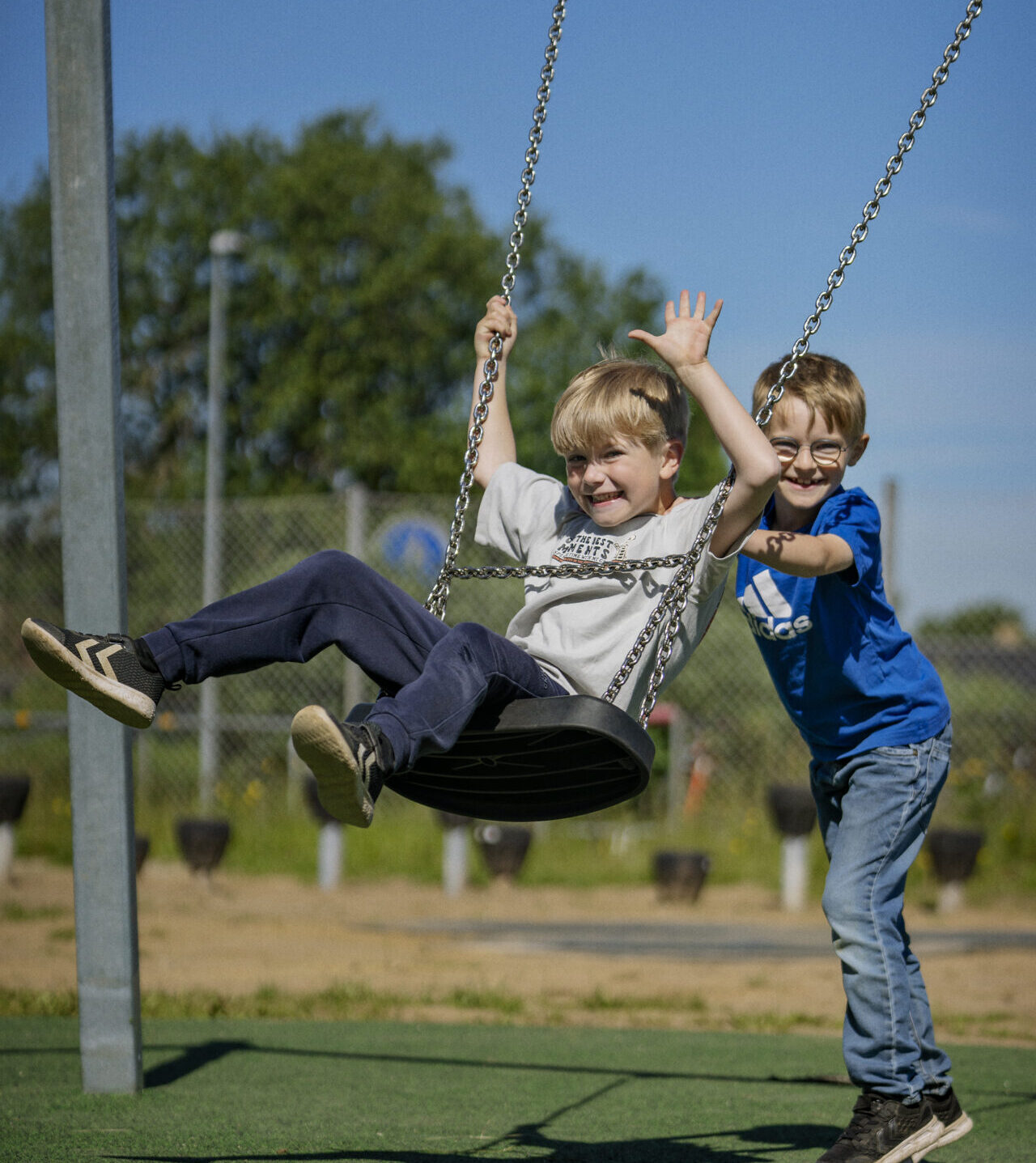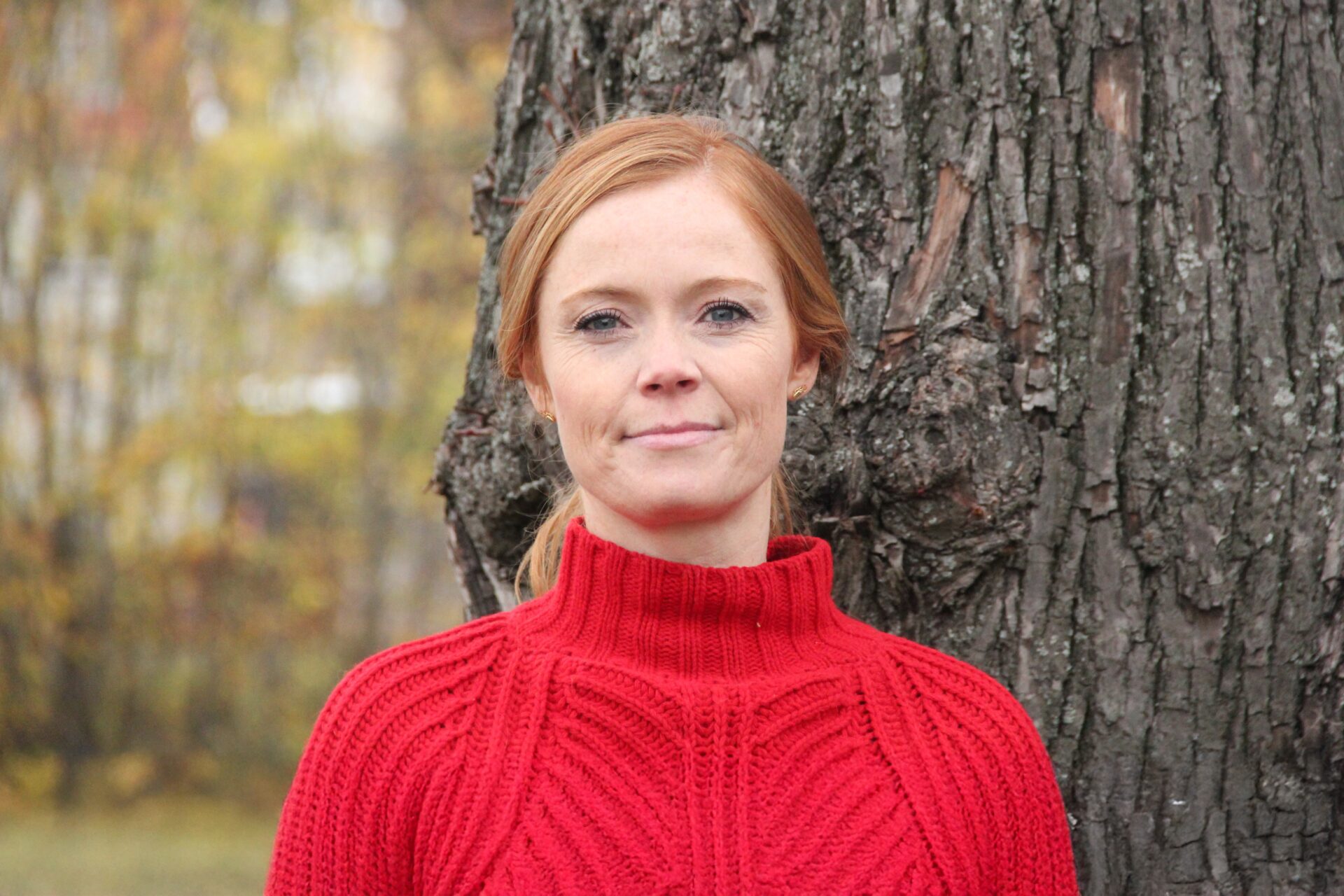School Playgrounds for Well-Being
Research has highlighted how school playgrounds can impact kids’ social and mental well-being. However, there’s a gap in understanding the exact effects of these spaces on children’s mental health, calling for more comprehensive and evidence-based research.
Recognizing the limitations in existing research on the relationship between children’s play and well-being, we seek to further explore the impact of recess activities on well-being, offering fresh insights and perspectives. We do this in a project called School Playgrounds for Well-Being.
Our Understanding of Well-Being
However, before we begin, there is a need to address the concept of well-being. First of all, well-being can either be understood as overall or domain-specific such as love, friendships, joy, self-determination, success, and creativity.
At the World Playground Research Institute, we understand well-being as a term linked to mental health, that extends beyond the absence of psychopathological symptoms. It is about feeling well and functioning optimally.
To set an example; In the “School Playgrounds for Well-being”, we are concentrating on studying social interactions and the enjoyment of activities and play within the schoolyard playground during recess. Thus, our primary focus centers on the areas of children’s lives that could potentially be improved through schoolyard interventions.
Since children spend a significant amount of time in school, we have chosen to use standardized surveys like the ‘Children’s Loneliness and Social Dissatisfaction Scale’ and ‘Lunchtime Enjoyment of Activity and Play’. These survey responses will be cross-referenced with observational data obtained through the System for Observing Outdoor Play Environments in Neighborhood Schools (SOOPEN).
We do not emphasize factors closely tied to academic achievements, like grades and cognitive assessments. Furthermore, we do not differentiate between children with and without medical diagnoses, as we believe that a fulfilling life can be attained regardless of one’s diagnostic status.
Through play, children gain insights about themselves, learn how to interact with others, and acquire essential coping skills. We firmly believe that the availability of well-designed schoolyard playgrounds is important for fostering resilient well-being.
A Little Bit of History
Over the years, various organizations, psychologists, researchers, and philosophers have presented diverse perspectives on different aspects of well-being, ranging from brief definitions to comprehensive concepts. Examples include concepts like Sense of Coherence, Self-Efficacy, Quality of Life, and Resilience, to name just a few. …
Philosophers describe well-being as everything that is good for someone. However, its complexity arises from its subjective nature, as different individuals may have varying opinions on what contributes to their well-being. Moreover, well-being is closely tied to satisfaction, which is influenced by personal expectations and therefore, is not objective.
Diverse definitions of well-being have emerged due to varying focuses on aspects such as happiness, health, or prosperity. One effective analogy to grasp its multifaceted nature is to visualize a seesaw, where an individual’s psychological, social, and physical resources counterbalance the challenges they face. If challenges outweigh resources, the seesaw dips downwards, along with their well-being, and inverted.

Source: Dodge, R., Daly, A., Huyton, J., & Sanders, L. (2012). The challenge of defining wellbeing. International Journal of Wellbeing, 2(3), 222-235. doi:10.5502/ijw.v2i3.4




